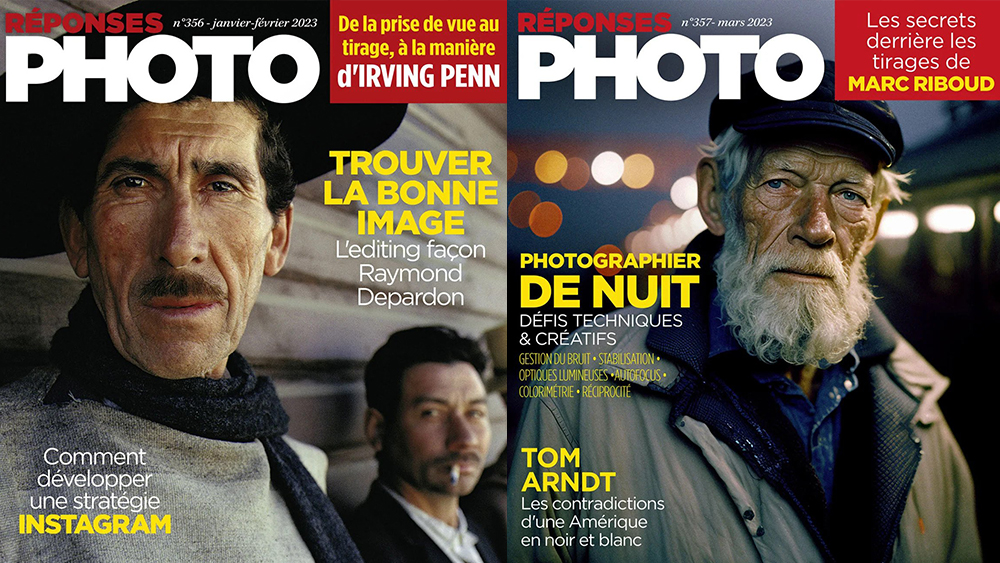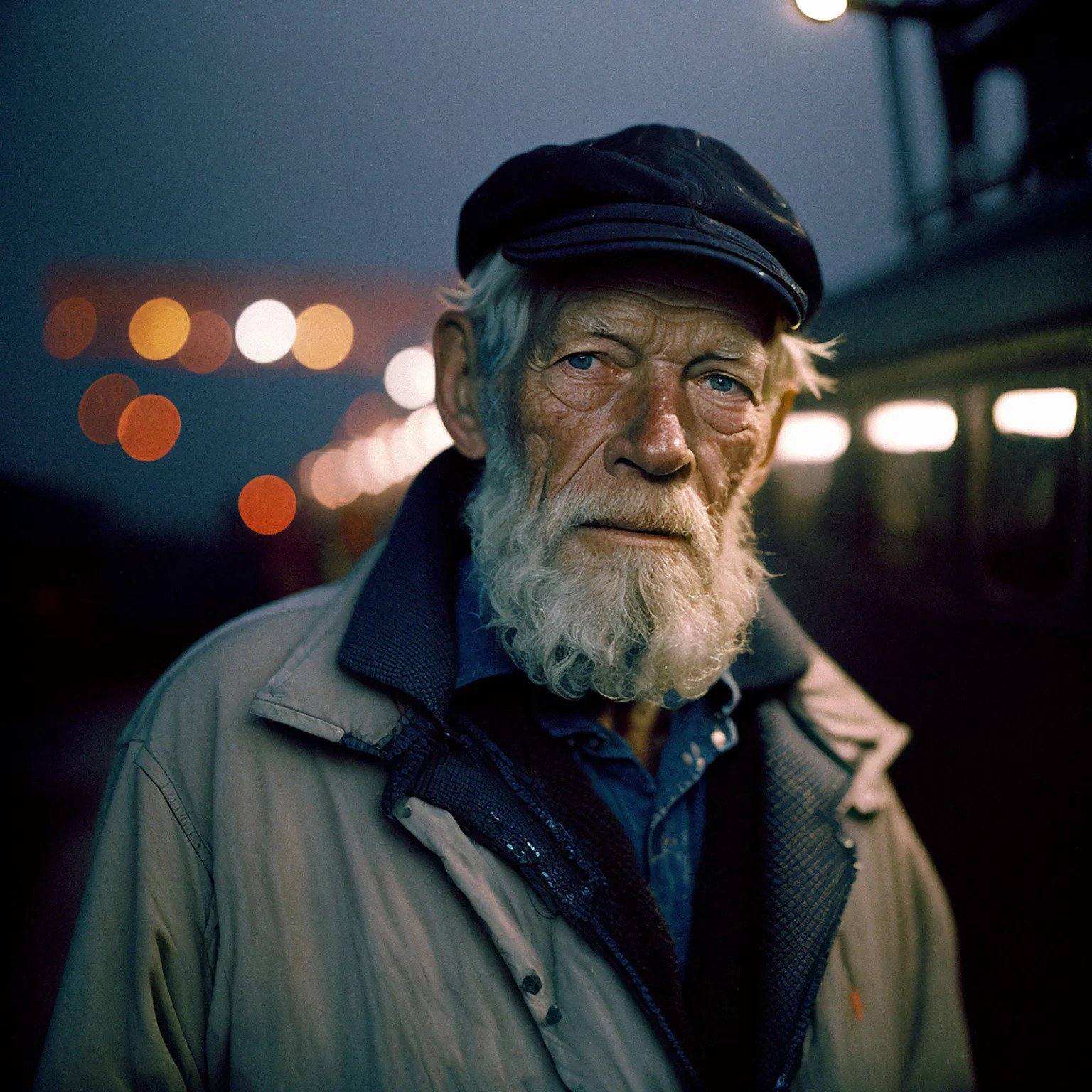AI image generation has been causing huge controversy among illustrators, and now it looks set to do the same in photography. Until now, much of the focus of generative AI's abilities has been on illustration, but a popular French photography magazine has demonstrated just how far the technology has come when it comes to generating photorealistic images.
It's put an AI-generated image on the front of its latest edition, and most readers will struggle to tell that the image isn't real. See if you can guess which of these it is (and see our piece on how to use DALL-E 2 for more on how text-to-image AI works).

We've seen text-to-image AI generators cause all kinds of controversies. Last year artists were up in arms after AI art won an art competition, and more recently, Netflix infuriated illustrators by using AI in a new anime, purportedly due to a labour shortage.
Amid fear for the future of art, it seemed that photography should be safe. With the possible exception of generic stock imagery, surely people want real images of real subjects and won't be fooled by a six-fingered generation? But maybe not. France's Réponses Photo has decided to publish an AI-generated image on the cover of its March edition (the second of the two issues above if you're still wondering – the first shows a genuine photo by Raymond Depardon) to highlight how difficult it's becoming to recognise an authentic image.
It doesn't mention AI on the cover, but a in-depth article inside the magazine reveals that the image was created in Midjourney using the text prompt 'photo of an old sailor at night in front of his boat taken on an analog medium format camera'. It says its aim is to demonstrate how fast the technology has evolved in a few months, and to warn how easy it is for people to be fooled.

Several months ago, Midjourney was best known for creating almost apocalyptic looking fantasy art with a painterly style, but after its latest update, it can produce stunningly realistic-looking images that could pass for photographs. The magazine says it went through 300 iterations to create an image in keeping with the style of imagery it usually uses on its covers while also fitting the issue's theme of 'night photography'.
The magazine worries that, although text-to-image AI art still has limits and struggles with human eyes and hands, it's getting to the point where people, and the media, could easily be fooled. "Réponses Photo often organises photo contests, and it won't be long before a reader wins a competition with an AI-generated image," editor-in-chief Thibaut Godet predicts in an interview with PetaPixel.
Get the Creative Bloq Newsletter
Daily design news, reviews, how-tos and more, as picked by the editors.
The increasing difficulty in recognising whether an image was created by a human or by AI has even led to an artist being banned from a Reddit art community because of incorrect allegations that his own original work was created by AI. The Réponses Photo cover suggests that we urgently need a way to tell the difference.
For more examples of AI creations, see the most bizarre AI art of 2022 and the weirdest AI art. To create art in a more traditional way, see our pick of the best digital art software.
Read more:

Thank you for reading 5 articles this month* Join now for unlimited access
Enjoy your first month for just £1 / $1 / €1
*Read 5 free articles per month without a subscription

Join now for unlimited access
Try first month for just £1 / $1 / €1

Joe is a regular freelance journalist and editor at Creative Bloq. He writes news, features and buying guides and keeps track of the best equipment and software for creatives, from video editing programs to monitors and accessories. A veteran news writer and photographer, he now works as a project manager at the London and Buenos Aires-based design, production and branding agency Hermana Creatives. There he manages a team of designers, photographers and video editors who specialise in producing visual content and design assets for the hospitality sector. He also dances Argentine tango.
